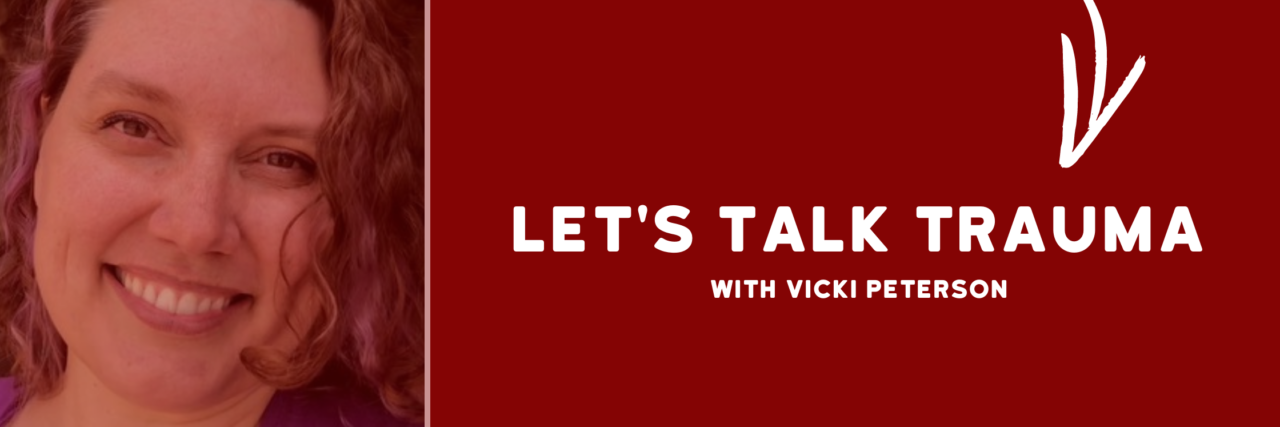Let's Talk Trauma: 8 Types of Workplace Trauma You Should Know About
Editor's Note
Need to take your mind off what you’re going through? Join the Distract Me group on The Mighty.
While it’s widely known that soldiers and first responders may develop trauma and post traumatic stress disorder (PTSD) from stressful situations in the workplace, many other common workplace traumas are often minimized or overlooked. While soldiers and first responders are uniquely at risk, workplace trauma and PTSD are not limited to specific careers. There are toxic workplaces in any field, and their environments pose serious mental health risks. Here are some common, but often overlooked, workplace situations that can lead to trauma and PTSD.
1. Not having your work noticed, appreciated or validated
Everyone, at any age or level of experience, needs positive feedback and recognition to maintain a healthy sense of self. While our specific needs may mature over time, a workplace environment that ignores, plays down, or criticizes your contributions can mirror many of the same traumatic effects as growing up in a toxic household. Those who did not grow up in an emotionally secure environment are most at risk of staying in a workplace situation that ignores or belittles them. This is a type of trauma that may start in childhood but becomes a repetitive pattern in adulthood.
2. Being taken advantage of because you are a good at your job
As Benjamin Franklin noted, “If you want something done, ask a busy person.” The problem, of course, is that busy people often become the most dumped-on. Perhaps your department downsizes and everyone is laid off except you. The good news is that you get to keep your job. The bad news is now you are expected to do the work of six people. Alone. Sometimes the most competent, talented and hard-working people get “rewarded” with so much on their plate, it leads to inevitable burnout. These kinds of situations can also become a form of “survivors guilt” where an employee feels they ought to be more grateful they still have a job, or that someone recognizes their contributions, but really they are overwhelmed and grieving.
3. Cutthroat, backstabbing coworkers slash supervisors
A common theme in toxic workplaces is that the talented, hard-working employees often become targeted as the ones to “beat.” When toxic coworkers and/or supervisors feel threatened, they put their energies into toppling anyone who appears to be doing better than them. Cutthroat coworkers try to make themselves look good while they purposely dismantle your work. There are all kinds of ways a person can be sabotaged in the workplace, and it’s more common than you might think.
4. Isolation
As millions of jobs went remote during the pandemic, many can relate to feelings of isolation at work. Some careers are more communal than others, but there are some situations which can be more isolating than one might think. The kinds of jobs where the only time you see other coworkers is in a staff meeting when no one wants to be there can often feel more lonely than working freelance. When the quality of interpersonal connection is low, mental health risks will rise.
5. Lack of support from a boss and/or HR
When you must report a grievance to your boss or human resources and you are not believed or ignored, it often gets accompanied by a compound experience of stress and trauma. Not only are you processing the grievance, but also the rejection or abandonment of those who are supposed to help you. This is another experience that past trauma can play into.
6. Being treated like you are expendable
Jobs where employees are told, directly or indirectly, that there are plenty of others dying to take their place, add loads of unnecessary stress. This form of manipulation happens as much in minimum wage jobs as it does in high status, or “desirable” jobs. People who feel secure in their jobs often perform better, not worse. Fear of losing your job to the “competition” only adds distraction and stress.
7. Workplace discrimination
There are many types of workplace discrimination, but I want to especially acknowledge the challenges that mothers of young children faced during the pandemic. Two million women left the workforce in 2020. On average, women earn 82 cents to the dollar than men, and women of color earn even less. Gender inequality is a complex issue, yet it’s so pervasive and commonplace, it’s easy to overlook.
8. Lack of benefits, paid time off or fair wages
From attaining a living wage to inadequate or unaffordable healthcare, millions of Americans, despite their best efforts, face an inordinate amount of stress to simply survive. Fewer companies offer jobs with full benefits. Many cannot afford to take off work when they are sick or have a family emergency. Additionally, the “gig economy” that offers some flexibility to earn an income does not come with any of the benefits associated with a full-time job. All of this adds up to the perfect storm of stress-related challenges, and the most at-risk are also the least likely to have access to mental health support. Lack of living wages, paid time off and access to affordable healthcare are workplace traumas with far-reaching effects that impact everyone.
Lead image courtesy of the contributor

